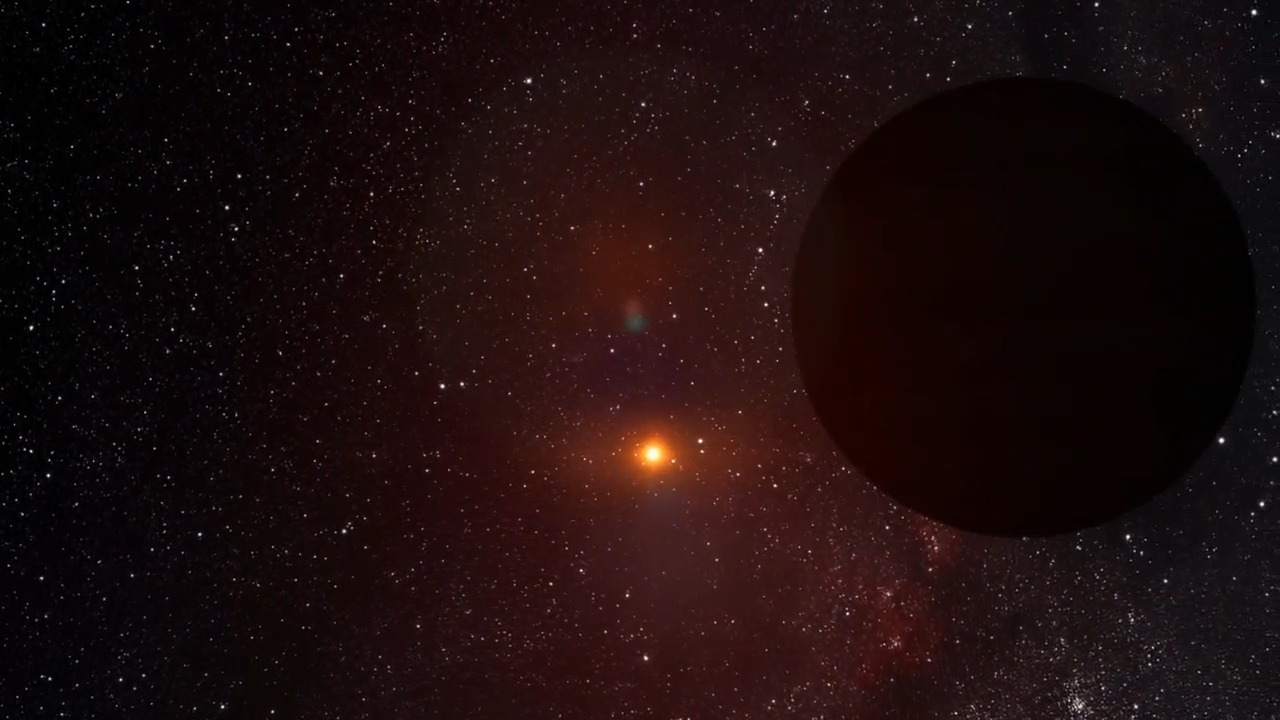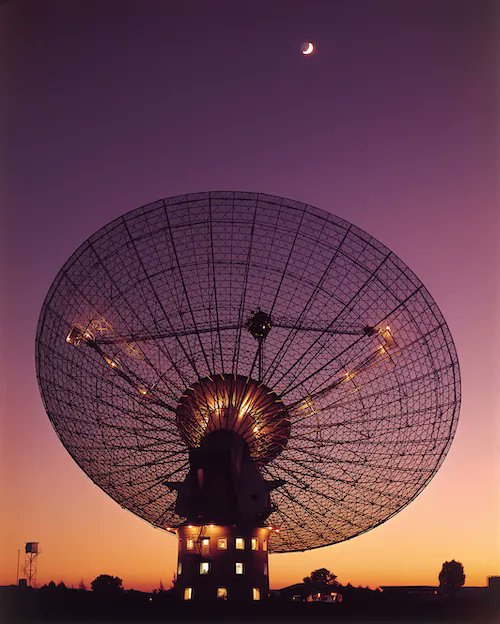The first early humans to use fire had no inkling of what it would lead to.
Fire was one of our first technologies, and humans have been making changes to their environments since the advent of controlled fire hundreds of thousands of years ago. Fast forward to current times, and our modern technological and global civilization is changing the Earth’s entire biosphere. From carbon emissions that acidify the oceans and weaken the shells of marine life to microplastics that find their way into organisms’ bloodstreams, our technology is intersecting, or combining, with the biosphere.
This has spawned a useful word: biotechnosphere.
Continue reading “Could We Find Aliens Terraforming Other Worlds?”









